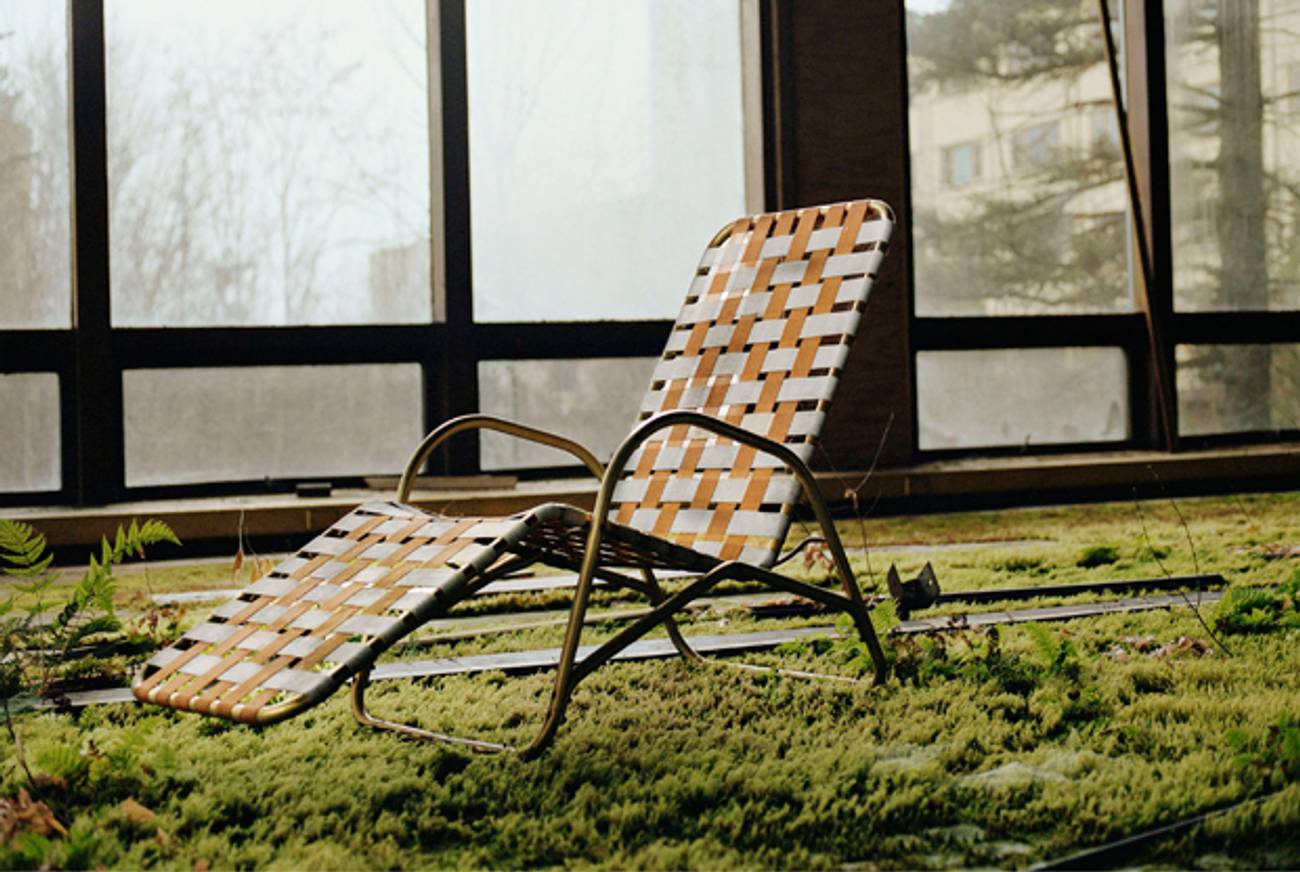The Ruins of the Borscht Belt
A ghostly chaise at Grossinger’s, rubble at the Concord, and other photos of once-great Catskills resorts




I grew up in “the mountains” or, as others called it, “the country”—as if no other mountain or country existed. In fact, it was Sullivan County, N.Y., about 90 miles northwest of New York City and an area of the Catskills centered on the town of Monticello that from the 1920s through the 1970s represented a retreat for millions of city-dwellers, predominantly Jewish American. The locale was first developed in the late 1800s with tanneries, lumberyards, and farms that eventually became boarding houses and hotels. In large part this was a result of the emergence of sanitariums for fresh-air treatment of tuberculosis at the turn of the century. From these foundations, a tourist region was born that, by virtue of its proximity to New York, and its vast recreational opportunities—skiing, ice-skating, swimming in its lakes and countless pools—became the prime destination for hundreds of thousands of newly middle-class Jewish vacationers. The region peaked in the 1950s and ’60s and came to be known as the Borscht Belt.
For Leftover Borscht, my photographic project on the ruins of the old hotels, I returned from studying and working in California to my mountainous childhood home to document the state of a few of the 538 hotels that once existed here: Kutsher’s, Grossinger’s, the Tamarack Lodge, the Pines, and other iconic destinations from a time when discriminatory policies made it difficult for Jews to travel freely across America. The resorts once functioned year-round and offered visitors leisure, entertainment, and some form of the American Dream. Influenced by photographer Andrew Moore’s work on Detroit; Robert Polidori, who photographed Chernobyl and New Orleans in the aftermath of Hurricane Katrina; and photographer Mark Klett’s rephotographic work on the American West, I decided to follow a trusted mentor’s advice and shoot what I know.
To that end, I began making repeated visits to the region over the course of two years to document what the Borscht Belt had left behind. Since its heyday—when stand-up acts like Mel Brooks, Rodney Dangerfield, Joan Rivers, Lou Goldstein, and Woody Allen performed—the area has undergone severe decline. Changes in entertainment, advances in civil rights, the growth of the suburbs, and the onset of the jet age all changed a powerful local industry into an archipelago of ruin, as much a victim of financial mismanagement and lack of foresight as other relics of bygone eras, like the drive-in movie theater and the VHS.
Getting access to each site was different, but it was always trespassing. I was helped by friends, local lawyers, police, and town commissioners who gave me a sort of silent permission to go to the hotels once they realized that I wasn’t vandalizing or stealing—like those arrested weekly here—but doing a serious project. Often there was little information available about the status of the properties, some of which had been idle and untouched for more than 20 years, others of which had been converted into rehab centers, jails, or meditation retreats. Many current landowners have let the properties fall into disarray, an issue with local police who end up chasing out squatters, scrappers, and vandals. Many of the hotels have burned, leaving just charred remains around empty pools, often the last structural feature to disappear.
As a child, I visited many of the sites in these photographs regularly with my family; swimming and eventually working as a lifeguard in the oversized pools of the Concord or playing bingo at the Pines Hotel. Histories, memories, and nostalgia still linger in the worn foundations, carpets-turned-to-grass, and empty lounge chairs. Their abandonment and wreckage lie encircled by nature, which is slowly reclaiming the space. Often I could not tell where the man-made ended and nature began. While the project originated with my interest in regional history and engages personal memories, it also reveals the growth, flowering, and exhaustion of things and their subsequent regeneration. As each image began to reveal its layers, the project became reminiscent of the life cycle itself: old structures evolving into something new, odd, and often intriguing.
***
Like this article? Sign up for our Daily Digest to get Tablet Magazine’s new content in your inbox each morning.
Marisa Scheinfeld is a New York-based photographer.
Marisa Scheinfeld is a New York-based photographer.